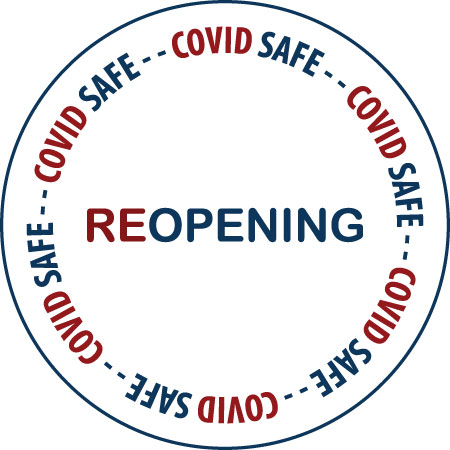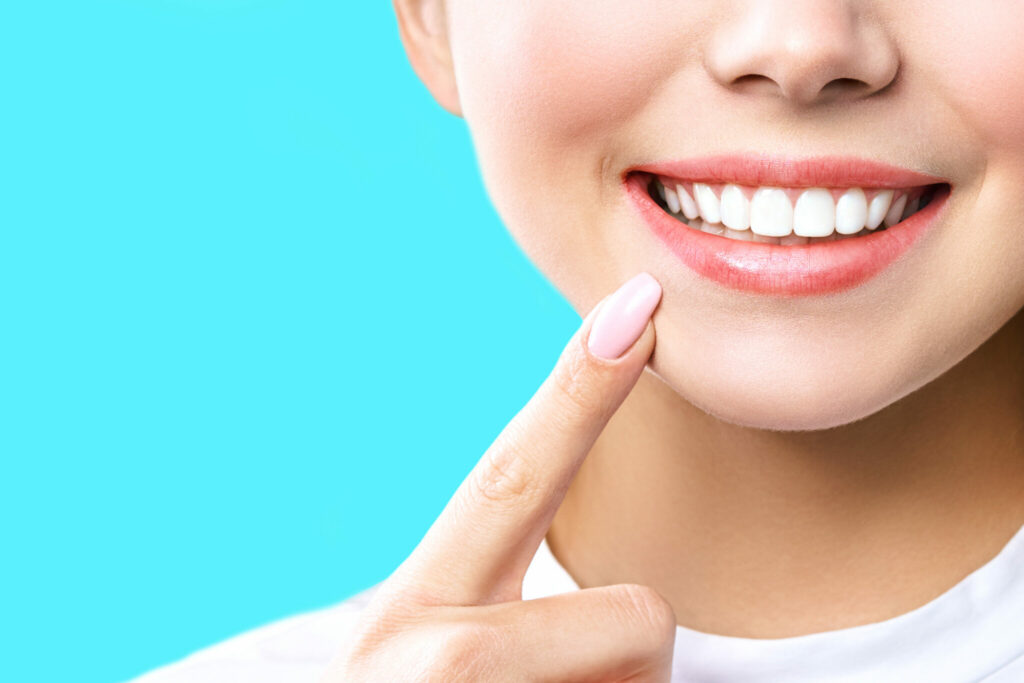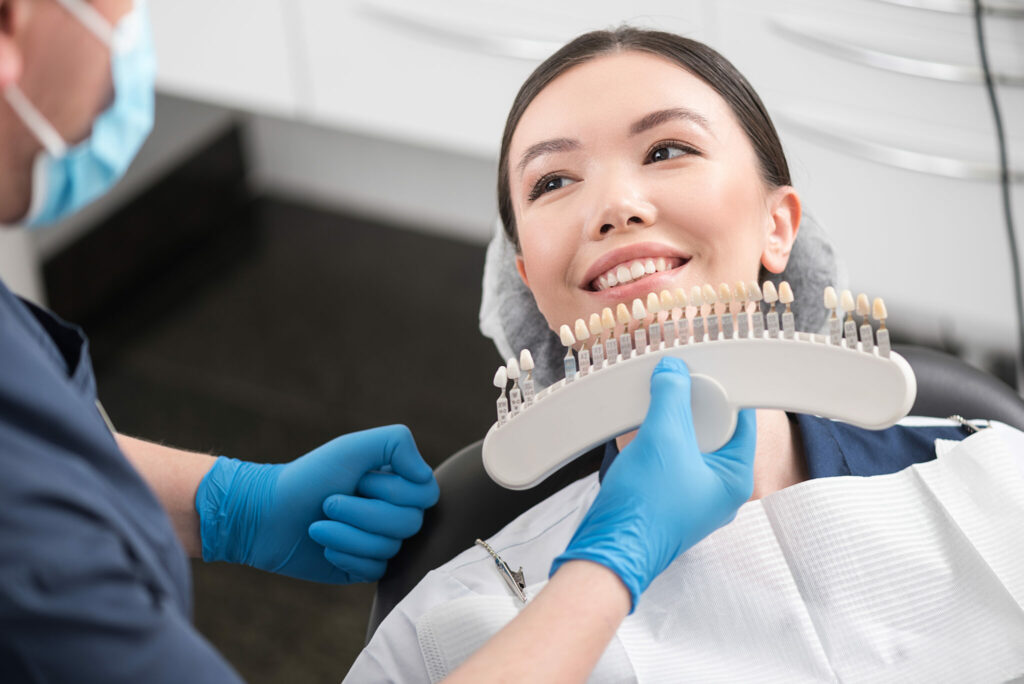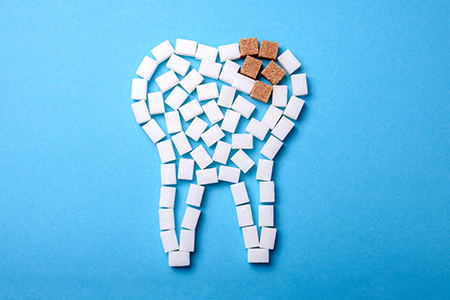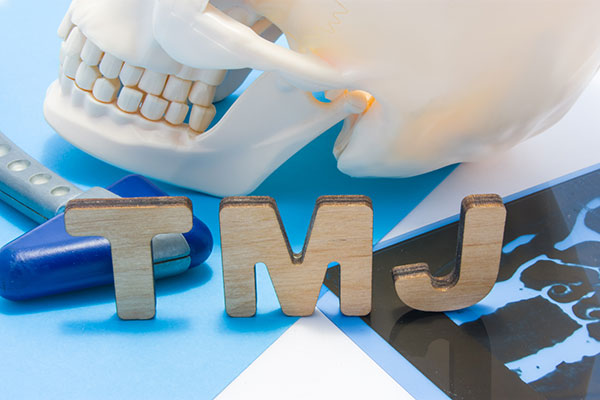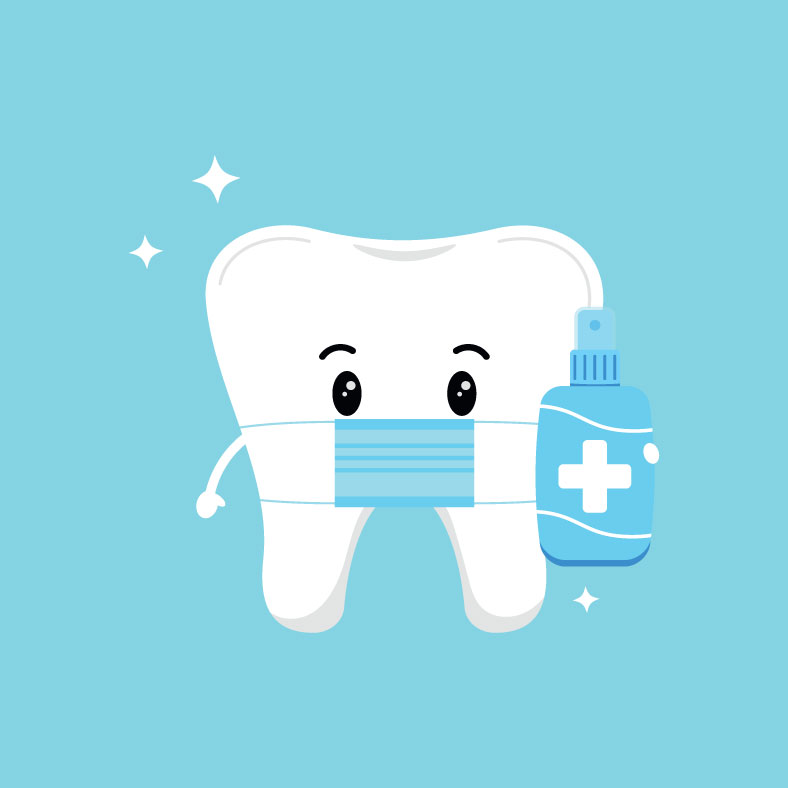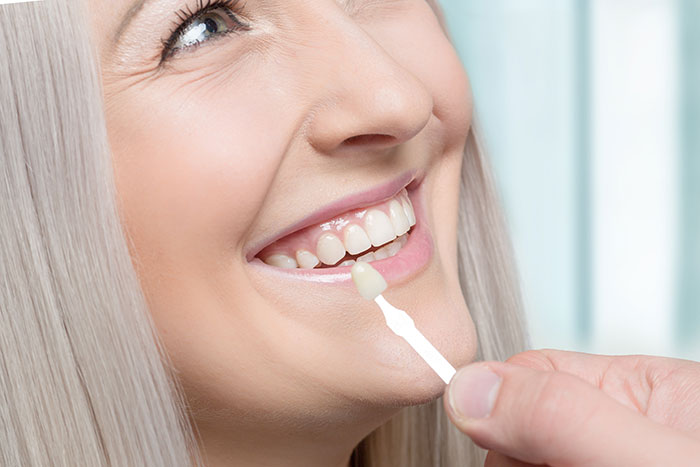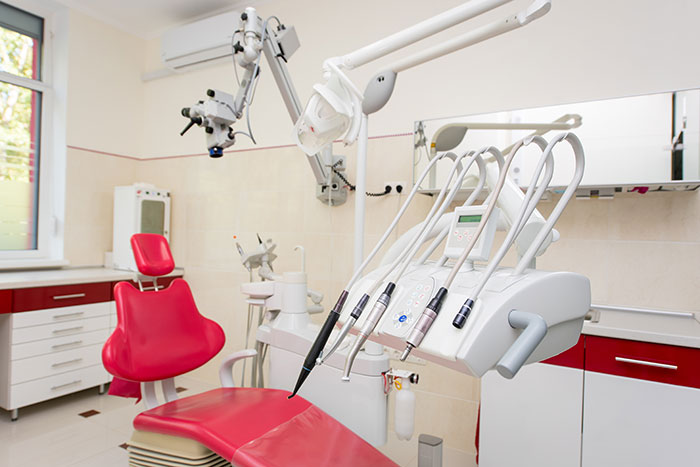Posts by designloud
Message To Our Patients
We are excited to announce that Tim Burgiss D.D.S. has re-opened as of May 11th. We know this has been a challenging and often confusing time for many of our patients, and we’re happy to be available again for your regular dental care.
We’re carefully monitoring both the evolving situation around the COVID-19 pandemic and the policies and best practices being set forth by both the ADA and state and local authorities. The safety and well being of our patients and staff have always been our top priority, and moving forward we’re making some changes to ensure that we all remain healthy. Toward that end, we’d like to ask for your cooperation to ensure the best possible outcome for us all.
We ask that you reschedule your appointment if any of the following apply to you:
- You or an immediate family member has a fever.
- You or an immediate family member have flu-like symptoms
- You or an immediate family member has shortness of breath
- You or an immediate family member has a cough
- You or an immediate family member has tested positive for COVID-19
- You or an immediate family member has traveled to a COVID-19 hotspot
If you’re displaying symptoms, please seek appropriate medical care and continue to practice self-isolation. Stopping the spread of this disease is a vital step in getting both our practice and our community back to normal.
What to expect next time you visit Tim Burgiss D.D.S.
When you arrive at our office for your appointment, you may notice a few changes we’ve made in order to ensure everyone’s health and safety. These changes might include:
- Our office will communicate with you beforehand to ask screening questions. You’ll be asked those same questions again when you are in the office.
- We have hand sanitizer that we will ask you to use when you enter the office. You will also find some in the reception area and other places in the office for you to use as needed.
- We are requesting that all patients bring and wear a mask for your appointment. This is for the protection of our patients and staff. If you do not have a mask, our staff can provide you one.
- You may see that our waiting room will no longer offer magazines, children’s toys, and so forth since those items are difficult to clean and disinfect.
- Appointments will be managed to allow for social distancing between patients.
- We will do our best to allow greater time between patients to reduce waiting times for you, as well as to reduce the number of patients in the reception area at any one time.
We know this is a difficult time, and we’re genuinely looking forward to seeing all of our patients again. If you have any questions or need to schedule an appointment, please contact us. We appreciate your support and patience as we get things back on track!
Does Teeth Whitening Work?
Teeth whitening is a popular cosmetic dental procedure, which as the name suggests removes stains and discoloration from teeth. Teeth staining is more common than you might think–diet, smoking, damage, and environmental conditions can all discolor teeth. The goal of tooth whitening is to remove those stains and restore or improve your teeth’s natural shine and brightness. So that leads us to our central question: does teeth whitening work?
The answer depends on the teeth whitening method used, so let’s take a look at some common means of teeth whitening and see how they stack up!
Charcoal Teeth Whitening
Charcoal Teeth Whitening is in Vogue these days, with a great many social media posts dedicated to the subject. On first examination, it seems plausible: charcoal is absorptive and could conceivably help “soak up” and remove stains and discolorations from teeth. Charcoal teeth whitening has the additional advantage of being relatively accessible and affordable, as dietary charcoal and charcoal toothpaste is found in many specialty groceries and health food stores. So it all sounds great, but there’s one drawback–there’s very little scientific evidence supporting charcoal teeth whitening. A report from the Journal of the American Dental Associate concludes much more research is needed as to the efficacy of this form of teeth whitening, so let the buyer beware.
Whitening Toothpaste
In a similar vein, Whitening Toothpaste is even more popular and accessible than charcoal teeth whitening methods. Whitening toothpaste is available in most supermarkets and drugstores and has proven consistently popular among regular folks interested in a brighter smile. Whitening toothpaste works using a combination of two methods: special abrasives that scrub stains away and peroxide like substances that remove them chemically. But do they work? Well, to a degree yes–some are even approved by the ADA. However, they’re most effective at maintenance and mild staining, and may not address stronger or darker stains. And due to their abrasive nature, they must be used according to the manufacturer’s directions in order to avoid enamel erosion.
Cosmetic Teeth Whitening
This leads us to Cosmetic Teeth Whitening, as performed by a dentist or other oral health professional in-office. There are a number of methods they might employ, including chemical bleaching, light-activated whitening, and whitening mouthpieces to be worn at home. Chemical bleaching is the more common of them all, and does just what it sounds like: your dentist or oral hygienist uses a bleaching chemical, generally a 10% to 22% concentration of carbamide peroxide or hydrogen peroxide. This can greatly improve the brightness of your teeth and smile–anywhere from five to seven shades brighter! Costs vary, but it’s generally a fairly simple and speedy procedure with minimal discomfort to the patient. It’s simple and effective and is likely the best choice for most patients.
So out of all of these choices, which is best for you? The truth is you and your teeth are unique and you’re best consulting with your dentist. They can perform an exam and recommend the best option for your situation. It’s also important to note while whitening can improve both your smile and your self-confidence, it’s not a substitute for a regular brushing and flossing regime combined with dental exams and cleanings. So get in touch today and let the professionals at Burgiss DDS guide you to the next level of your oral health!
Why Cosmetic Dentistry is Worth It
Dentistry is a unique medical science, in that most treatments and procedures are preventative in nature, intended to head off problems before they develop. Regular cleanings and fluoride treatments can go a long way toward helping a patient avoid oral health problems. Cosmetic dentistry may seem at first to be a break with that idea, as cosmetic dentistry focuses on improving the appearance of the patient’s teeth rather than just their health. However, there’s more to cosmetic dentistry than just aesthetics and appearance—cosmetic treatments can improve both the patient’s oral health and their overall well-being.
So what makes cosmetic dentistry worth it?
- Cosmetic dentistry can help boost your confidence, self-esteem, and sense of self-worth. So many first impressions, so much nonverbal communication, so many small interactions depend on a bright, friendly smile. Cosmetic dentistry can help preserve or restore your smile via a number of procedures including tooth whitening, dental veneers, or orthodontic realignment. These treatments, among others, can do a lot for a person’s overall self-image and make interacting with the world less stressful and more enjoyable.
- In addition to the aesthetic benefits, cosmetic dentistry can help repair and prevent problems. It’s not all about looks; correcting misaligned teeth, repairing damaged enamel, or preventing teeth grinding can all help a patient avoid long-term, serious problems that might result from those conditions. Even something as simple as a teeth whitening procedure can make teeth easier to clean even as it improves their appearance.
- In more serious cases, cosmetic dentistry can restore function and allow the patient to re-engage with a number of daily activities their oral health issues may have limited. A good example is a role played by dental implants. Implants are artificial teeth that have been implanted in the jaw and gum and thus function almost exactly like natural teeth. Designed to last a lifetime, they require no more cleaning and maintenance than a natural tooth does. And they can work wonders for a patient’s health and well-being. An implant, or for that matter a bridge or crown, can repair or replace a damaged tooth and allow the patient to eat, speak, and perform other activities that a missing tooth may have curtailed.
- Cosmetic dentistry gives patients control and options. With many possible procedures intended to address a wide variety of issues, cosmetic dentistry gives patients choices regarding their oral health, their appearance, and their future. It’s a powerful tool, impacting many aspects of a patient’s life and well-being. The right cosmetic dental procedure can change life, and that’s not to be discounted.’
To sum up, cosmetic dentistry is about way more than the cosmetic and the aesthetic. It plays a complex role in oral health, both preventing and treating dental issues while improving the lives, careers, and self-confidence of the patients who receive cosmetic dental treatments. At Burgiss DDS, we’ll help you find the right treatment for you, whether it be a cosmetic procedure or something a bit more conventional. Get in touch and make an appointment today and let’s take the next step in advancing your oral health.
SLS Free Toothpaste or Regular Toothpaste
There are so many choices in toothpaste these days that the options might seem bewildering if not overwhelming. Whitening toothpastes, organic toothpaste, toothpaste for sensitive teeth–where does one begin? Lately there’s been an additional discussion among health-conscious people about toothpaste and in particular SLS as a toothpaste ingredient. Some folks are advocating for SLS free toothpaste as a healthier alternative, but is it really? Let’s take a look at toothpaste, SLS, and SLS free toothpastes vs regular toothpastes and see what we can learn.
What is SLS?
As we begin, it’s important to understand what SLS is and the role it fills. SLS is short for sodium lauryl sulfate, which is a compound produced via the sulfation of lauryl alcohol. Chemically it can be used for several things, and in toothpaste it fills the role of a surfactant. Surfactants are common ingredients in soaps, shampoos, detergents, and toothpastes because they work to reduce surface tension and thus help the product work more effectively. In toothpaste, the surfactant SLS does the following:
- Helps with foaming, which makes it easier to tell that you’ve brushed thoroughly
- By reducing surface tension, SLS helps bring active ingredients like fluoride into contact with your teeth longer and more effectively
- SLS helps remove plaque and biofilm from the teeth, leaving them clean and healthy
Myths and Rumors About SLS
So why are there concerns about SLS? Well there’s a great deal of internet rumor floating around about possible negative side effects to SLS. We’re going to take a look at some of the more common rumors and discuss whether or not they’re true.
- Does SLS cause cancer? This is one of the more dramatic and pervasive myths about SLS and it’s just not true. No medical or scientific study has found a link between SLS and cancer of any kind, so there’s no reason to worry.
- Does SLS cause hair loss? Again, as with the idea that SLS causes cancer, this is incorrect as there’s no evidence to support it.
- SLS is a neurotoxin? No, no it’s not. No credible authority lists SLS as a neurotoxin and there’s no evidence to suggest it does damage to your nervous system.
- Is SLS a skin and eye irritant? Well, yes, it can be depending on the quantity and concentrations involved. Most people don’t experience discomfort from SLS with regular toothpaste, but some individuals with sensitive teeth and gums might. They may wish to switch to a sensitive tooth toothpaste or an SLS free brand.
- Is SLS harmful to the environment? The answer is both yes and no. Large quantities of SLS in waterways would be a bad thing for plants and wildlife, but in the amount and concentrations used in consumer products SLS seems to be relatively harmless.
Now that we’ve addressed some of the more pervasive rumors about SLS, let’s sum it up this way. SLS is a harmless ingredient that actually helps toothpaste do its job more effectively. There’s no reason for most people to avoid SLS, although there’s no harm in adopting an SLS free toothpaste should you choose. It’s a matter of personal preference, not science or health.
National Dental Hygiene Month
2020 has been a challenging year in many professions, but since October is National Dental Hygiene Month, we’d like to start by acknowledging the hard work and difficulties faced by many dental hygienists and oral health professionals at this time. Like so many other health care workers, they’ve faced both professional challenges and health risks in providing care to their patients, and we salute all of them, particularly our hard-working staff here at Tim Burgiss DDS.
In their honor, we’d like to take this space to talk about dental hygiene, what it is and what it means, and how you can best practice it in your own life.
What is Dental Hygiene?
Dental hygiene is the practice of keeping the mouth clean and free of problem-causing entities like debris and food particles, bacteria, and excess sugars and acids. While dental hygiene services are provided by dental hygienists and dentists, dental hygiene is also a personal practice that we should all incorporate into our daily lives.
National Dental Hygiene Month celebrates the importance of dental hygiene and the professionals who make it happen, and has been observed since 2009 due to the work of the American Dental Hygienists’ Association.
Practicing Dental Hygiene
Soj how can you best practice dental hygiene at home? Regular exams, cleanings, and fluoride treatments at your dentist’s office are a big part of it, but what you do in your personal life matters just as much and maybe more. A good personal dental hygiene routine includes the following:
- Regular brushing and flossing are probably the biggest single thing you can do for your oral health. Good brushing and flossing habits go a long way towards preventing many problems before they start by removing food particles and other debris, preventing plaque and tartar buildup, and clearing away bacteria and their wastes. This in turn prevents gingivitis and other forms of gum disease and cavities.
- A good mouthwash, used regularly, can help support brushing and flossing as a means of clearing bacteria from the mouth. Ask your dentist to recommend the right mouthwash for you.
- A healthy diet affects all aspects of our health, but especially the teeth. By avoiding sugary and starchy foods and eating a diet rich in fruits and vegetables, we can prevent oral health issues while enhancing our overall wellness.
- Alcohol and tobacco use can have a damaging effect on the teeth and gums, causing or contributing to gum disease, tooth decay, and discoloration. Reducing or eliminating the use of alcohol and tobacco is a big step in personal oral hygiene.
When to Visit Your Dentist’s Office
Your dentist and their oral hygienists can also help you maintain your dental hygiene and oral health. Regular office visits for exams can help detect and treat problems long before they become serious, and regular cleanings can prevent gum disease and tooth decay. The oral health care professionals in your dentist’s office can also get to know you and your situation and help you develop the best oral health plan for your personal needs.
At Tim Burgiss DDS we strive to offer that kind of personal treatment to each and every patient that comes our way. Get in touch today and make an appointment so that we can help you on your journey to the best possible smile.
Why Does Sugar Cause Tooth Pain?
It’s no secret that sugar isn’t good for your teeth. Excess sugar consumption can cause a variety of problems due to the fact that sugar fuels bacteria growth, contributing directly to gum disease, cavities, and other forms of tooth decay. Sugar can also have some other effects on teeth: like heat and cold, sugary foods can contribute to tooth pain for those with sensitive teeth. But why is that? It’s important to understand how it works as it helps illustrate some of the effects sugar has, so let’s take a look.
Causes of Sensitive Teeth
Sensitive teeth are a fairly common problem, unfortunately. Generally speaking, sensitivity is the result of damage to the tooth. While this can be a crack or a chip, it’s most often caused when the hard enamel outer layer of the tooth wears down. As it grows thinner, the more sensitive inner portions of the tooth are more directly exposed to heat, cold, and other outside stimuli. This can lead to pain. The pain may come and go or may be persistent.
So what causes enamel to thin? Generally, a diet combined with poor brushing and flossing habits is to blame. Excess sugar in the diet can cause bacterial growth which in turn leads to tooth decay and the wearing away of enamel. This can cause cavities, but it can also lead to sensitive teeth. Consuming too many acidic foods and drinks–sodas and citrus juices are prime culprits–can have the same effect as the acids work directly to erode enamel.
Enamel erosion can lead to tooth damage or even tooth loss, so it’s important to understand the causes and take preventative measures.
What Triggers Tooth Pain from Sensitive Teeth?
So now that we know a bit about what causes sensitive teeth, let’s look at what triggers pain in teeth prone to sensitivity. A variety of things can trigger pain in sensitive teeth. Heat and cold are common culprits, particularly noticeable when hot or cold beverages are being consumed. Likewise acidic foods–often the causes of worn enamel–can cause a painful sensation when consumed by those with sensitive teeth. And likewise, sugary or sweet food can cause tooth pain if you’re already prone to sensitive teeth. The thinner enamel can’t keep out the external sensations caused by these foods, and the end result is a pain for the nerves of the tooth.
Preventing Sensitive Teeth
So how can we prevent sensitive teeth? Well, the most important thing is to protect and preserve the enamel of the tooth. This is accomplished in a variety of ways, chiefly via a healthy diet and a regular brushing and flossing routine. Combined with visits to the dentist’s office for an exam and cleaning, this takes care of most oral health needs.
Avoiding sugary and acidic foods is a must. While occasionally indulging isn’t going to hurt anything, please keep it to a minimum and afterward rinse your mouth with water to help remove excess sugars and acids. Likewise, during athletic activity, it’s best to wear a mouthguard to protect your teeth and gums. These are available at most athletic supply stores.
Your teeth and gums should provide a lifetime of service, without pain. By maintaining your oral health, you can avoid the issues that lead to sensitive teeth or even worse problems. At Burgiss DDS, we’re here to help keep your teeth healthy for years to come. Make an appointment today and we’ll talk about your oral health needs and how we can best serve you.
TMJ Awareness Month
November is a lovely month in much of the country. Fall is firmly here with winter not far off, the holidays are just around the corner, and the thought of a delicious Thanksgiving dinner fills the hearts, minds, and kitchens of many Americans. However, November is also a special month for dentists and other oral health professionals as it’s TMJ Awareness Month and thus a chance to raise awareness and understanding about TMJ and the impact it has on the health of millions of people across the country. So, in the spirit of the season, let’s talk about TMJ, TMJ awareness month, and the link between TMJ and some forms of oral or mouth cancers.
What is TMJ?
TMJ is a shortened version of its full name: Temporomandibular joint disorder. Put simply, it’s a disorder of the joint connecting the lower and upper jaw, the temporomandibular joint, which results when the function of that joint becomes unbalance or misaligned and the bones, muscles, and ligaments no longer work together to provide a full range of painless motion. TMJ can be tricky to diagnose due to the wide variety of symptoms it can cause, but some of those include the following:
- Irregular or limited jaw motion
- Jaw pain
- Lockjaw/inability to open or close the jaw
- Popping, clicking, or grinding jaw
- Headaches
- Neck, shoulder, back, or face pain
- Chipped, worn, or cracked teeth
- Tinnitus
- Dizziness or vertigo
- Ear pain and stuffiness
- Numbness or tingling in fingers
As you might guess from the sheer number of symptoms, TMJ is a disorder with many potential causes that vary from patient to patient. Sometimes the cushioning tissues between the jawbones are misaligned or worn down. Arthritis is often to blame particularly in older patients. Muscle tension or malformation may be the problem for some people, while for others the ligaments connecting the jaws may have been damaged. It’s tricky to diagnose or treat TMJ on your own, so if you find yourself persistently dealing with any of these symptoms or a combination thereof it’s time to see your doctor or dentist and have them look at the problem.
Treating TMJ
Just as TMJ disorder has many symptoms and many possible causes, so too it has many different treatments. Which treatment your doctor suggests will depend on your symptoms and the root cause of your TMJ. Treatments may include stress management, physical therapy, a mouthguard to be worn at night, and medication are all common options. Occasionally surgery is required, but that’s not usually the case. Again, your doctor can help you understand the cause or causes of your TMJ disorder and help you through the right treatment to meet your needs.
TMJ and Mouth Cancers
As we’ve said, TMJ can be difficult to diagnose, and while rare there are some forms of oral cancers that can mimic TMJ symptoms and lead to a misdiagnosis. As we move through TMJ Awareness Month, it’s important for both patients and health care providers to remember this and raise awareness of the issue. When diagnosing or treating a patient with TMJ-like symptoms, it’s important to consider cancer as a possibility even if it is a remote one. Cancers that can mimic TMJ symptoms include:
- Sinus Tumors
- Acoustic Neuromas
- Thyroid disease
- Lyme Disease
- Tumors in the Salivary Glands
- Blocked Coronary Artery Tumors in the Neck
- Facial neuralgias
While these are all rare when compared to the many causes of TMJ, they are possibilities and health care providers should take care to consider a patient’s entire medical history when making a diagnosis
TMJ Awareness Month runs for the whole of November, so we hope this has helped you better understand the temporomandibular joint, TMJ disorder, and the role they each play in your health. Knowing the symptoms and seeking treatment early can lead to a much easier and more successful outcome, so talk to us today if you think you may have TMJ or a related issue.
Preventive Dental Care Importance During The Pandemic
The challenges posed by the COVID pandemic and the various responses to it are legion. Businesses, families, individuals, and communities all face unprecedented challenges as we move through this experience together. The toll on our health, both mental and physical, is measurable; we’re all struggling to stay sane and healthy at this time.
Within all this stress and strife, we should continue working to maintain our oral health. It’s easy to let things slide when you have so much else on your plate, but your teeth and gums simply can’t be ignored in the same way some other things can. Fortunately, we have some tips for you about maintaining your dental care during the pandemic both at home and in conjunction with your dentist. Let’s take a look!
First and foremost, it’s important to maintain healthy routines at this time. Whether you’re back to a regular work schedule, working from home, or still in quarantine, keeping up a daily routine composed of healthy habits is a big step toward keeping yourself safe, sane, and in good health. This includes good oral health habits, especially a brushing, flossing, and mouthwash use regime. It’s easy to let these slip when you’re schedule is out of whack and you may not be feeling the best, but they’re so important in terms of preventative care in supporting the health of your teeth and gums. Make time to brush and floss after eating every day and your smile will thank you in the long run.
On a related note, maintaining good dietary habits is important to all aspects of your health, but especially your teeth. If you’re stuck at home for whatever reason, it’s so easy to give in to junk food, excess snacking, and stress eating. It’s important to avoid these, as they can have a negative impact on your entire body including your oral health. Substituting a cup of herbal tea for a sugary snack or finding other ways to alleviate boredom keeps you and your teeth healthy and happy while supporting good habits which will last a lifetime!
Along with snacking and stress eating, many folks are dealing with these difficult times by indulging in tobacco, alcohol, or coffee a bit more often than usual. While this may provide a short term solution to stress or boredom, any of these habits can do bad things to your teeth and gums in the long term. Possible effects include gum disease, tooth decay, or tooth loss. It’s best to avoid alcohol, tobacco, or coffee entirely or at the least limit your intake to special occasions.
Finally, while the pandemic has raised many concerns about public spaces and public gatherings as ways in which people catch COVID19, you need to know that we are doing everything we can to keep you safe. We are scrupulous about keeping things clean and avoiding infection or disease transmission under normal circumstances, and we’ve added additional safeguards during the pandemic. There’s no need to worry about a visit to the dentist office–just follow the instructions and things will be fine. If you need a routine exam and cleaning or have another procedure in mind, don’t hesitate to book an appointment today. Your dentist and their staff are here for you, even during the pandemic.
Things may be difficult right now, but they will get better. Until then, keep yourself and your teeth clean and healthy and reach out to us if you have any concerns or if you’d like to make an appointment. Whatever happens, we’ll get through it together.
Dental Veneers vs Dental Bonding. Which is Right for You?
Dental veneers and dental bonding are both common dental procedures, which are used to repair damaged or malformed teeth or to correct the appearance of a tooth. Despite doing similar jobs, they are different procedures which take different approaches to the task at hand. So which one is right for you? Well, that depends on what you need to accomplish and your own unique oral health situation. To answer the question, let’s start by taking a look at each procedure and learning how dental veneers and dental bonding work, and what the difference between them is.
What are Dental Veneers?
As the name suggests, dental veneers are a kind of dental prosthesis applied to the outer layer of the tooth in need of correction or repair. They are composed of a porcelain shell, which is shaped and colored to match the desired appearance of the tooth in question. The tooth is then reshaped by grinding the enamel to accept the prosthesis, and then the dental veneer is attached using a strong dental adhesive. Dental veneers are used for a number of reasons, including as a repair for chipped teeth, as a means of correcting discolored teeth, or as a way to repair mis-shapen or mis-spaced teeth without relying on more complex orthodontic procedures.
Dental veneers are generally discomfort-free for most patients. They’re safe and relatively easy routine procedures, and if properly cared for via regular brushing, flossing, and dental exams they will last a lifetime. They function just like a natural tooth, allowing a full range of normal activities right away.
How Does Dental Bonding Work?
Like dental veneers, dental bonding is used to repair damaged teeth, but in a much different way and for different kinds of damage. Dental bonding works by replacing the damaged or lost portion of an otherwise healthy tooth with a malleable material which is then hardened to look and function like natural enamel. During the procedure, the dentist will shape this malleable material to fill in the missing or damaged portion of the tooth in question, while also ensuring that it matches the color of the patient’s natural enamel. When this material is shaped and fitted correctly, the dentist will then use a special light to harden the material relatively quickly.
While dental veneers are mostly used to repair minor or cosmetic damage, dental bonding is used to replace large chips or cracks or replace lost sections of broken teeth. Like dental veneers, dental bonding is generally a pain-free procedure and quick and easy to perform. This allows the patient to resume a normal range of activities quickly. Dental bonding is also much like dental veneers in that with proper care, a dental bond will provide a lifetime of service. Proper care, as always, means regular brushing and flossing along with regular trips to the dentist for exams and cleanings.
So, Which One is Right for Me?
Whether you need a dental veneer or a dental bonding will depend on a number of things, essentially boiling down to your needs and goals for the procedure. A discolored or chipped tooth may be happy with a dental veneer, while more extensive damage may require a dental bonding to set right. The important thing is to discuss any damage to your teeth with your dentist as soon as possible; they can help you make the right decision.
Whether a dental veneer or a dental bonding, the goal is to ensure that your oral health and your smile are the best they can be. So talk to your dentist today about your needs and goals and get started on the path to better, healthier teeth.
What is the Difference Between Restorative and Cosmetic Dentistry
Restorative dentistry and cosmetic dentistry are often used interchangeably, however, they are distinct disciplines within the overall science of dentistry. They do share a number of techniques and fundamental goals, chief among which is ensuring that the patient has the highest quality of life possible. Our teeth and smiles are meant to last a lifetime, and when damage occurs both restorative dentistry and cosmetic dentistry may be options for repairing it. Let’s take a look at what they do and how they relate to each other so that we can learn a little bit more.
What is Restorative Dentistry
Restorative dentistry refers to the body of techniques and approaches that your dentist may employ in order to keep your mouth, gums, and teeth healthy and functional. The procedures range in complexity from a basic filling to various forms of dental prosthetics and implants. The primary goal of restorative dentistry is to maintain or enhance the overall function of the mouth for regular activities such as eating, speaking, and breathing. Restorative dentists are primarily concerned with function and keep their focus on repairing damage and preventing further damage or decay. General dentists offer and perform restorative procedures as this falls within the purview of general dentistry.
What is Cosmetic Dentistry
So after the damage has been repaired and the decay has been addressed, what happens next? Restorative dentistry’s focus on function means that it places far less importance on the aesthetics of dentistry. While dentists do their best to make sure the procedures performed as part of restorative dentistry look good, that’s not their focus or their skill set. This is where cosmetic dentists come in. Cosmetic dentistry goes a step past general dentistry or restorative dentistry in the focus is ensuring that the repairs in place also look good and that the patient’s smile and appearance are the best that they can be.
Like restorative dentists, cosmetic dentists make use of a wide variety of procedures and techniques to achieve their aesthetic ends. A simple tooth whitening can be considered a cosmetic dental procedure. From there cosmetic dentistry may include the use of prosthetics or implants to restore a patient’s smile. It may involve the use of veneers or inlays/onlays to correct misshapen, misspaced, or damaged teeth. It may go so far as to include surgical reconstruction of parts of the patient’s teeth or jaw. Different cosmetic dentists have different specialties and different skill sets, and that patient may get referred to a specialist in the procedure they want to be performed.
So Which is Right for You?
So which one is right for you? That depends as always on your situation and your personal goals for your dental health. A great place to start is a conversation with your general dentist, who can give you an informed opinion as to your options and direct you to the right resources for you. The end goal of both restorative and cosmetic dentistry are the same: enhancing a patient’s quality of life, health, and confidence by addressing their oral health issues.

